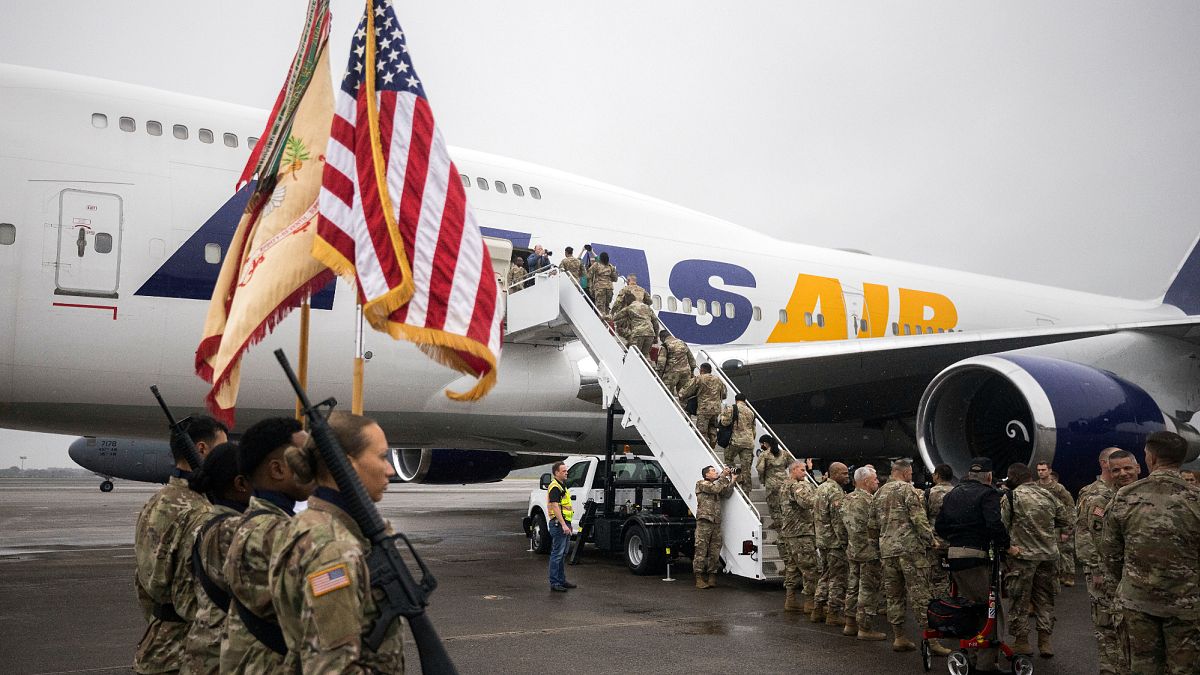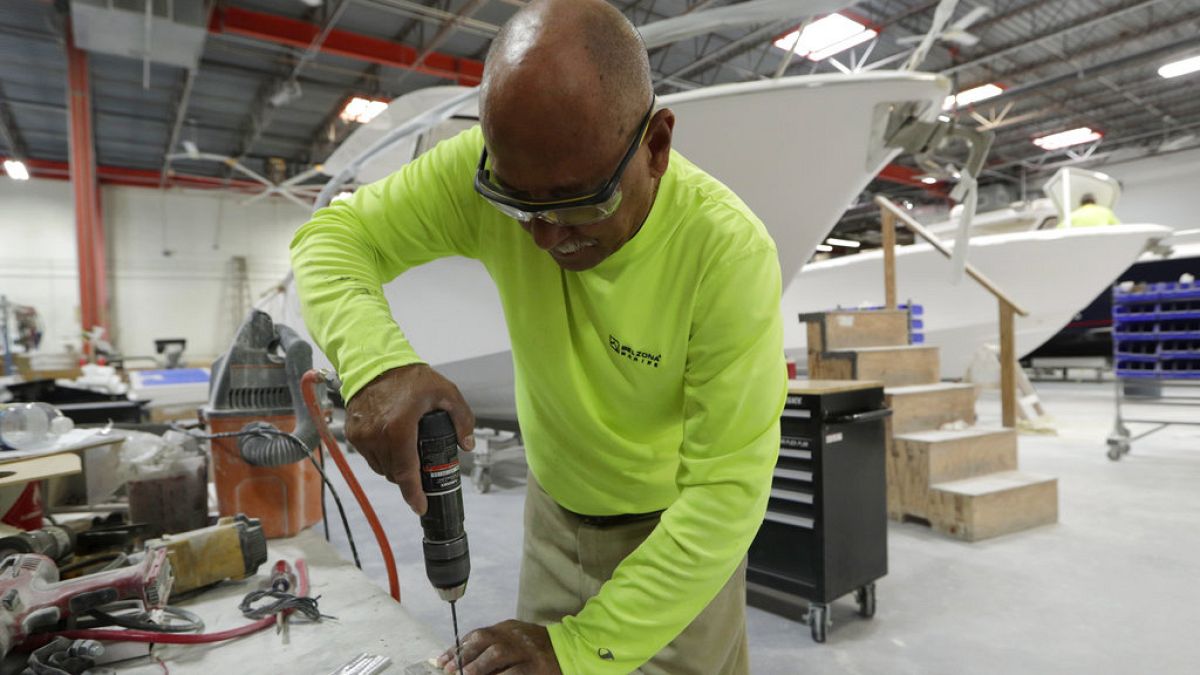The AI engine has already been tested on over 40,000 flights at London Heathrow, but experts warn AI systems have limitations.
A new artificial intelligence (AI) system is being tested at Heathrow Airport to assist air traffic controllers in managing the UK's most congested airspace.
Handling nearly half a million flights annually – an average of 90 flights per hour during the day – the air traffic control operation at Heathrow, the world's fourth busiest airport, relies heavily on efficient coordination to maintain safety and minimise delays.
The AI engine, dubbed "Amy," combines radar and video data to track aircraft across the airfield by creating a holistic visualisation of aircraft positions.
NATS, which oversees air traffic control, says the technology can help controllers monitor aircraft even when they are out of sight using 4K cameras and radar.
"It starts with a digital control tower. So that is where we replace the out-of-the-window view from the traditional tower cabinets above us," according to Andy Taylor, a chief solutions officer at NATS.
"That information, because it's now digital rather than an analogue view, means that we can send that information through processing. And that processing… is done through our digital artificial intelligence engine, which is known as Amy".
The system provides key details for each aircraft, such as flight number, aircraft type, and if it's inbound or outbound.
By providing real-time data, the AI helps controllers make quicker, more informed decisions. The AI engine has already been tested on over 40,000 flights.
NATS says it is preparing for a fully operational “digital contingency tower” by 2027.
This would serve as a backup system in case of emergencies or disruptions, not requiring any visual sight of the runways.
'AI is in concert with its human counterparts'
However, experts warn such AI systems may have limitations.
"First is the lack of contextual judgement. So, this is that AIs tend to have not fully developed comprehension of particular systems, and nuances tend to need to be handled by teams,” said Colin Rigby, reader and director of enterprise at Keele University.
"The second is their data limitations. The AI is likely to have been trained on fairly routine standard airport operations. But actually, when you need this is when things are non-routine, when things are going wrong, I think this leads back to the idea that AI is in concert with its human counterparts to produce better results for everyone involved," Rigby added.
NATS says Amy is designed to work alongside human controllers.
Airports in Singapore, New York, and Hong Kong are looking into implementing similar digital solutions.
For more on this story, watch the video in the media player above.
Video editor • Roselyne Min

 4 months ago
36
4 months ago
36






 We deliver critical software at unparalleled value and speed to help your business thrive
We deliver critical software at unparalleled value and speed to help your business thrive






 English (US) ·
English (US) ·